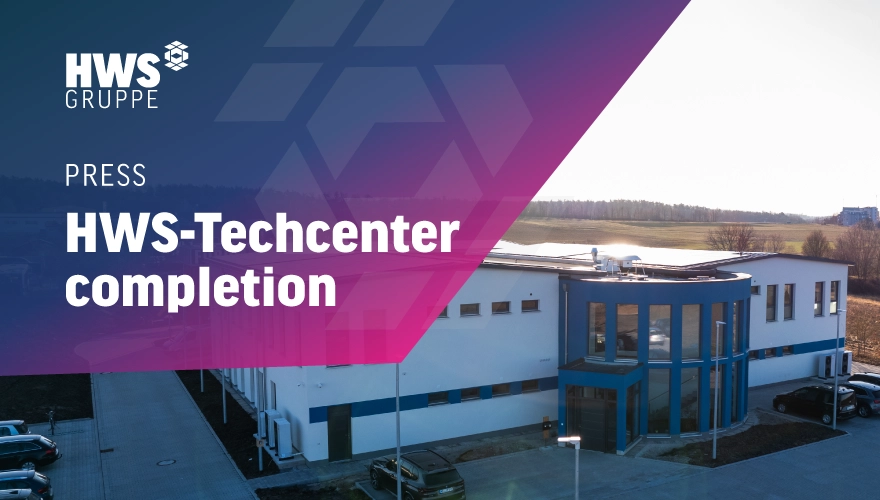One important trend that is occupying companies across all sectors this year is the question of sustainability in their own business processes. Consumers have long been aware of the responsibility of companies for the environment and society – and management is also increasingly taking up these demands. This is no longer just a measure for marketing and PR, but also in terms of the results actually achieved.
After all, if you want to be successful on the market in the long term, you also have to be and become aware of your own ecological footprint. This also includes IT departments: How high is the ecological footprint of your own IT department? What are the CO2 emissions of the company’s own and rented server landscapes? And above all: how can this be reduced or compensated for? How can hardware be disposed of in an environmentally friendly manner at the end of its business lifecycle?
A study shows that the positive effect on the environment is also linked to improved business results: companies that implement comprehensive measures for sustainable IT record better ESG ratings (61 percent) as well as higher customer satisfaction (56 percent) and realize tax benefits (44 percent).
The cloud as the basis for sustainable IT structures
There are many reasons for the cloud, but in fact, one important aspect is often forgotten: that of sustainability. Of course, large data centers indeed require a lot of energy to deliver full performance. Nevertheless, it makes more ecological sense to rely on centralized infrastructures from third-party providers than to build small data centers in-house yourself. For one thing, decentralized server landscapes require more hardware in total than large centralized server farms. In addition, companies often do not fully exploit the potential of their own data centers due to a lack of resources and expertise. These data centers, therefore, have a poor balance sheet, not only economically but also ecologically.
Microsoft, for example, has calculated that hyper-scale data centers are between 22 and 93 percent more energy efficient than traditional on-premises solutions.
Are you ready for the cloud?









